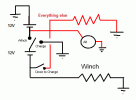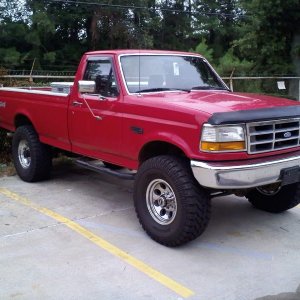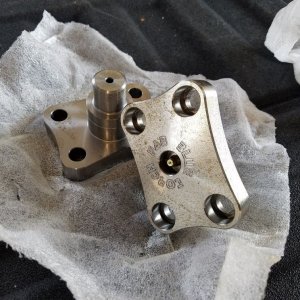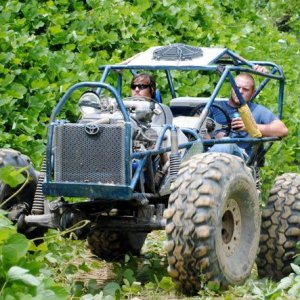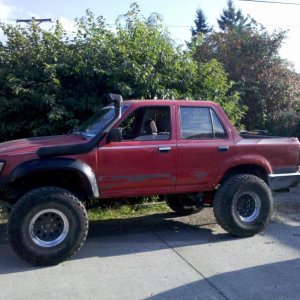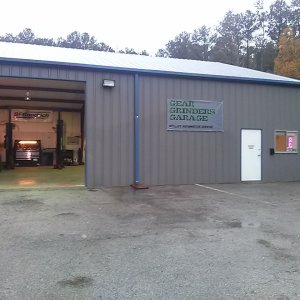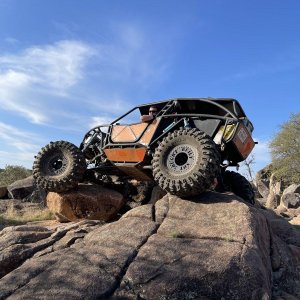I'm working with Crash on this topic and thought it would be good to post in these section.
I want to wire the 12k winch for 24v while keeping the rest of my system as 12v.
Currently we have both power feeds from the batteries going to a marine switch with a single power output. My winch power supply comes off this output.
It's been a while since my eletrical shop courses in high school.
Forgetting the rest of the system for now. To get a 24v system for my winch, would I hook up a connection to the positive to each of my batteries to get 24v or would this double my amperage instead of the voltage?
I want to wire the 12k winch for 24v while keeping the rest of my system as 12v.
Currently we have both power feeds from the batteries going to a marine switch with a single power output. My winch power supply comes off this output.
It's been a while since my eletrical shop courses in high school.
Forgetting the rest of the system for now. To get a 24v system for my winch, would I hook up a connection to the positive to each of my batteries to get 24v or would this double my amperage instead of the voltage?

